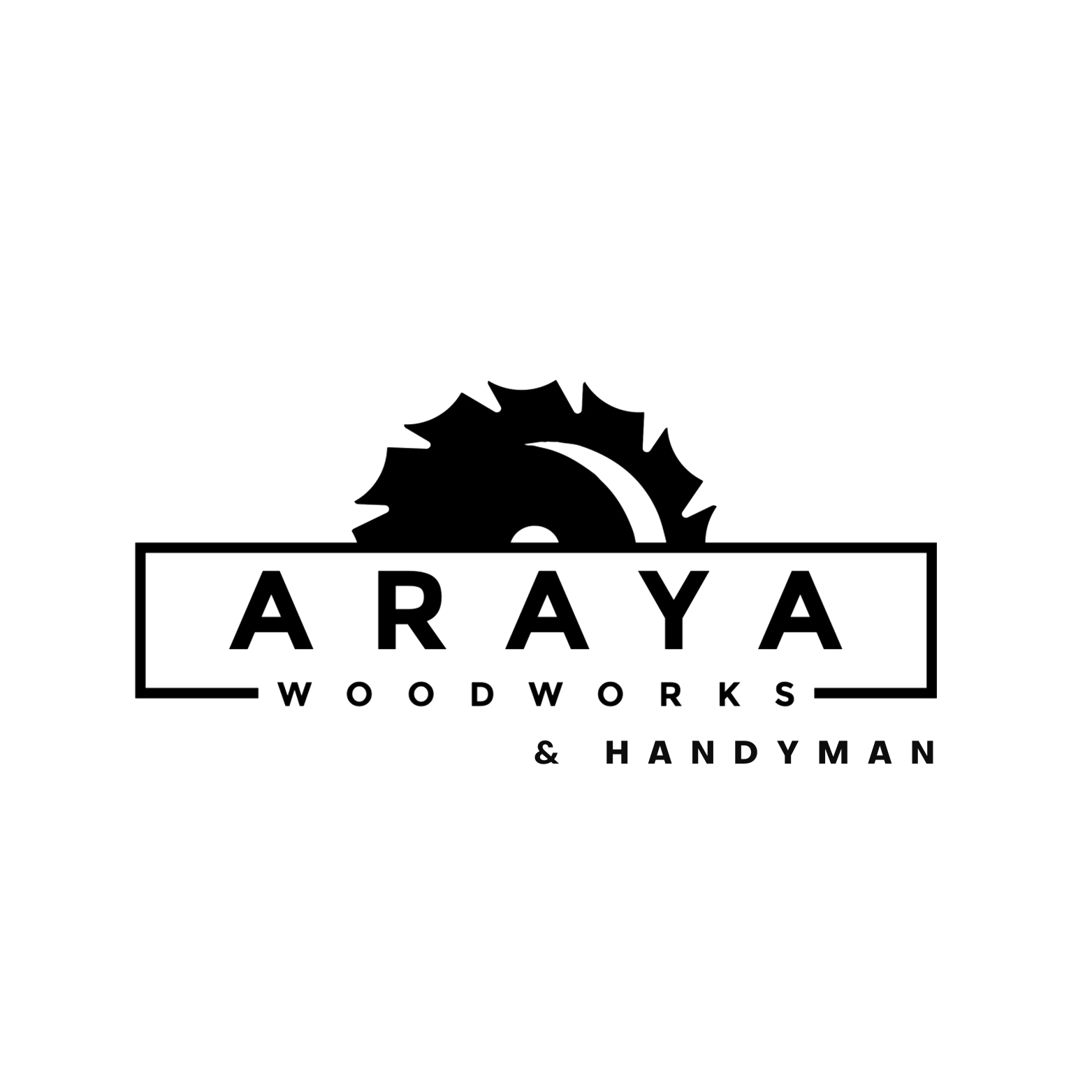How to Choose the Right Wood for Your Custom Furniture
1. Hardwood vs. Softwood – What’s the Difference?
Let’s start with the basics:
Hardwoods like oak, maple, walnut, and cherry come from deciduous trees. They’re denser and more durable, making them ideal for furniture that needs to stand the test of time.
Softwoods like pine and cedar are more affordable and easier to shape, but they dent and wear more easily.
2. Durability: How Hard each time Wood?
Not all hardwoods are equally tough:
Hard Maple – Strong and dense. Great for high-use pieces like tables and workbenches.
Red Oak – Tough, classic, and easy to stain. A dependable choice for just about anything.
Walnut – A little softer but incredibly rich in color and grain. Perfect for statement pieces.
Cherry – Ages beautifully and is great to work with. It’s a timeless wood that gets better over time.
Hickory – Extremely durable and full of character. Great for rustic builds or heavy-use furniture.
Poplar – Technically a hardwood, but softer than most. It’s stable, lightweight, and ideal for painted furniture or built-ins.
Knotty Alder – Softer than oak or maple but still solid. I love using it when I want warmth, natural grain, and a little bit of rustic charm. It stains beautifully and brings a lot of personality to a piece.
3. Look & Character: What Story Do You Want Your Piece to Tell?
Wood is more than just a material, it brings warmth and personality to your space. Here's how I like to match wood species to the desired look:
Oak – Bold and textured grain with lots of presence. Great for rustic, craftsman, or traditional designs.
Maple – Clean and smooth, with a subtle grain. It works well in modern or minimalist spaces.
Walnut – Deep, dark tones with flowing grain. It adds instant class and richness to a room.
Cherry – Starts off light but deepens into a warm, reddish brown. Perfect for timeless, refined furniture.
Hickory – Dramatic contrast between sapwood and heartwood. It brings a rugged, earthy character.
Poplar – Naturally greenish-yellow with subtle grain. It’s not flashy, but it’s fantastic under paint or when you want a clean, understated base.
Knotty Alder – Warm, reddish undertones with visible knots that give it rustic charm. It’s one of my go-tos for farmhouse-style furniture or anything with character.
4. Why I Use Poplar, Knotty Alder and Maple (and Avoid Big Box Lumber)
You may ask: “Why not just use the wood from Home Depot or Lowe’s?”
Here’s why I don’t and what I use instead:
Poplar- Poplar is one of my favorite choices for painted furniture and cabinets. It’s easy to cut, sands down beautifully, and doesn’t break the bank. It’s my go-to for clean, modern designs where paint or a smooth finish matters.
Knotty Alder- If I’m going for a rustic or farmhouse look, knotty alder hits the sweet spot. It has a natural warmth and those characteristic knots that give every piece a unique story. It also takes stain really well and has a handcrafted charm I love to show off in my builds.
Maple- Maple is incredibly strong, with a tight, clean grain that looks great either natural or stained. I love using it for tabletops, cabinets, and anything that’s going to get a lot of use. It’s a versatile wood that brings both durability and subtle beauty.
Why Not Big Box Wood?
Lumber from big retailers is often lower-quality, not stored properly, and prone to warping. I source from trusted hardwood mills so that I know exactly what I’m getting. The result? BETTER price, fewer defects, better lumber, and furniture that actually lasts.
Final Thoughts
Choosing the right wood is one of the most important steps in building custom furniture. Whether you’re dreaming of a farmhouse table or a clean-lined modern console, the wood sets the tone.
If you're not sure what to pick, that's where I come in. I’ll walk you through your options and help you find the right match for your style, your space, and your budget.
